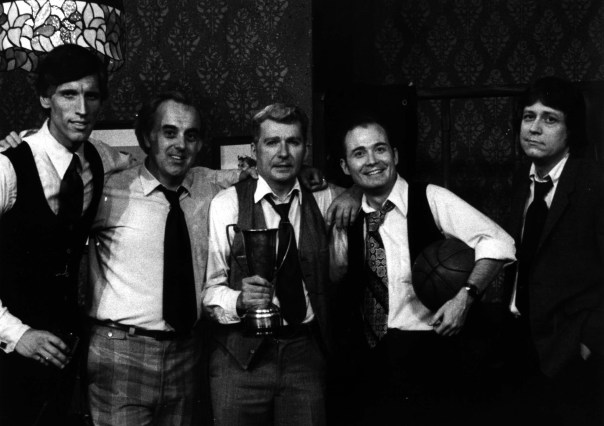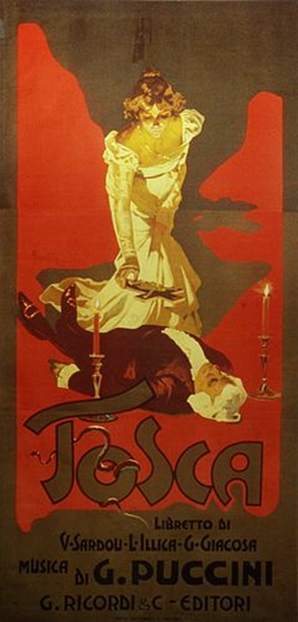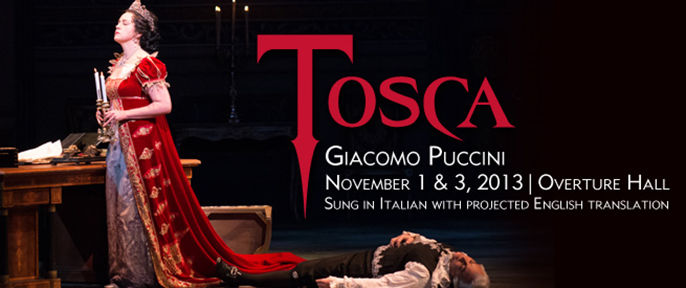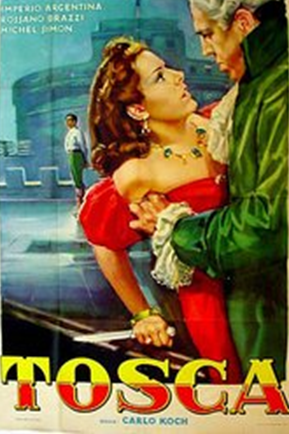
It’s not an everyday occurrence to get a chance to act in a play or musical more than once. I don’t mean multiple performances like four weekends of The Importance of Being Earnest or two years spent touring dinner theaters in Everybody Loves Opal. I’m talking about separate productions of the same work. It’s hard enough to land an opportunity to do a play once!
I’ve done The King and I twice (different roles) and Measure for Measure twice (different roles).
Three times I’ve played the role of Tom Daley in That Championship Season. All three were successful productions. The first was at Studio Players (mid-70’s), the second at the University of Kentucky (early 80’s), and the third was with Phoenix Group (1992).
The second production is the one that prompted this reminiscence.
It was directed by Joe Ferrell (this is where I first met Joe) and featured Paul Thomas, Dr. Jim Rodgers (as an actor!), Eric Johnson, myself…and Gene Arkle. We were performing in the Laboratory Theatre in the Fine Arts Building. A few years later this theater was renamed the “Briggs Theatre”.
The play concerns the reunion of the remnants (four players and their coach) of the 1955 Pennsylvania High School Championship Team. Gene played the coach, the rest of us were the players.
Side note…
Jim Rodgers doesn’t act often but he’s a fine actor. Paul Thomas acts more often and he too is a fine actor. However, as basketball players…well…they are fine actors.
We used to warm-up each night with a real, live, no-batteries-included basketball.
We would whip it around the stage (yes, whip it…work with me…I speak though the happy filter of memory here) for ten or fifteen minutes with Joe Ferrell and Assistant Director Ralph Pate watching in terror and then begin rehearsal.
While whipping the basketball around, when Eric passed to Jim, he would, with great regularity and malice aforethought, put a forward spin on his bounce pass. Now, Jim is a master of the English language, but English on a basketball was pure Greek to him. The ball would, with great regularity and malice aforethought, sail under Jim’s outstretched hands and strike him everywhere (yes, everywhere) except those hands. Jim would emit a polite “oof”, Eric would giggle and cover his mouth, Paul would look for a place to hide and we would continue our warm-up. It was a marvel and I’m sure it somehow made us a better team.
End of side note.
The big moment in the play comes after my character has fled the scene. The remaining team members are drunk and demoralized and the Coach must rally them. He does this with a wonderful long speech. At the end of the speech, the Coach places a recording (remember them?) on his record-player (remember them??) of the play-by-play call of the final game-winning shot of their championship game. It is a stirring moment. The team members respond, I return to the fold and we lurch to the end of the show.
The closing performance of our show was going as planned until this big moment.
I was offstage…listening…thinking…of basketballs and trophies and booze and betrayals…and whether my post show snack would be a cheddarburger from Charlie Brown’s or a disastrous pile of hash browns from Tolly Ho…in short, I was preparing (as an actor must) for my next entrance.
Gene was on a roll. His speech was indeed stirring. He built it to a climax and marched to the record-player and slapped that record on.
Silence ensued…
…and continued to ensue.
Finally, Gene said “I’ve been meaning to get this thing fixed.”
Offstage, I’m saying thanks and hosannas to every god known to man that I’m not onstage.
Gene took a deep breath and continued, “As you know, the game ended like this…”
And he proceeded to recreate the entire play-by-play himself!
It was absurd. It was heroic. It was a game saver.
We were saved………..by our Coach.
As usual, there is truth in dem dere memory, but I can’t recall just how much.
I miss Gene.





